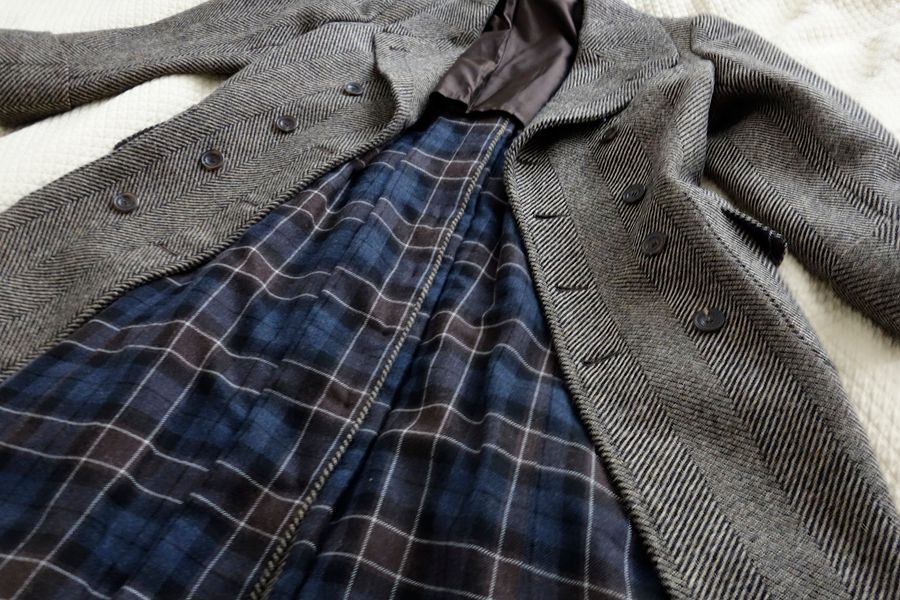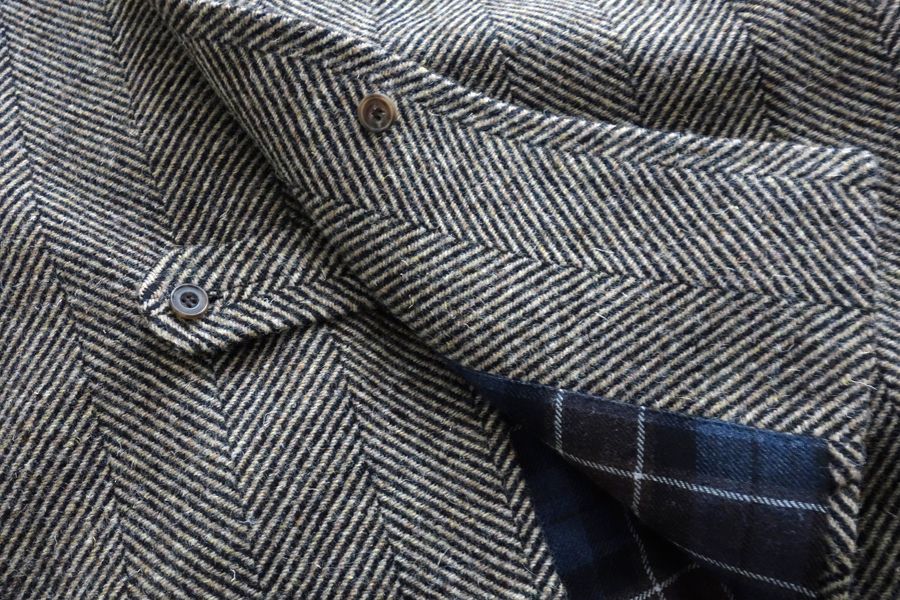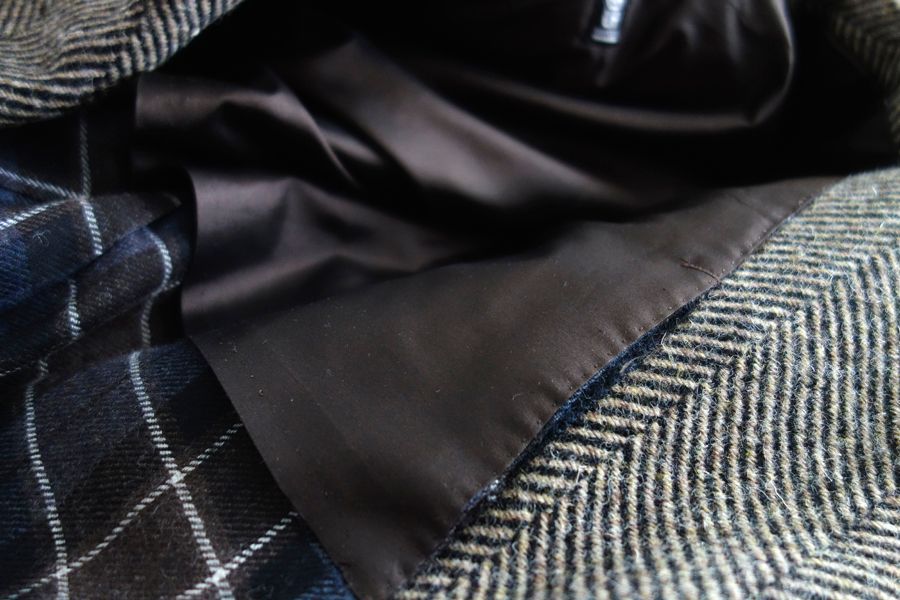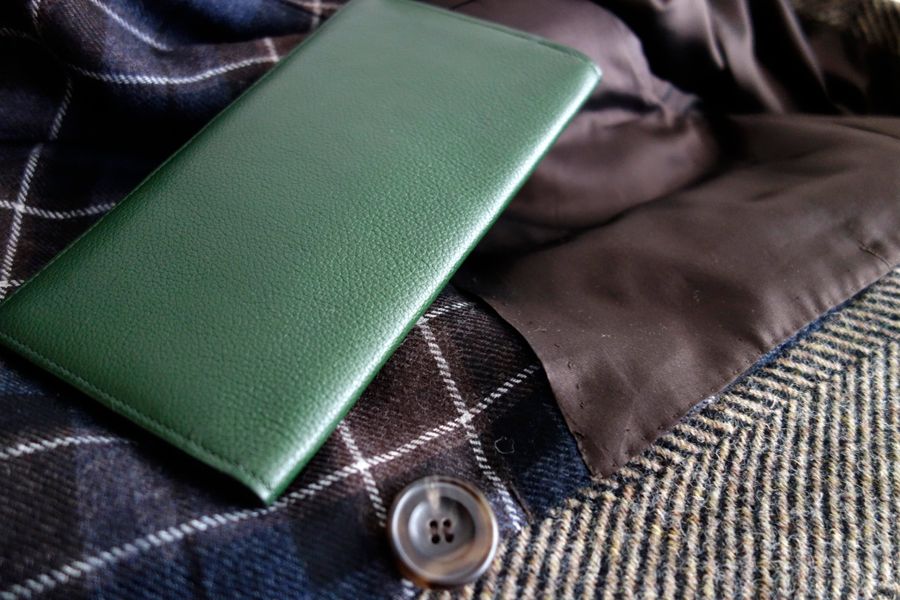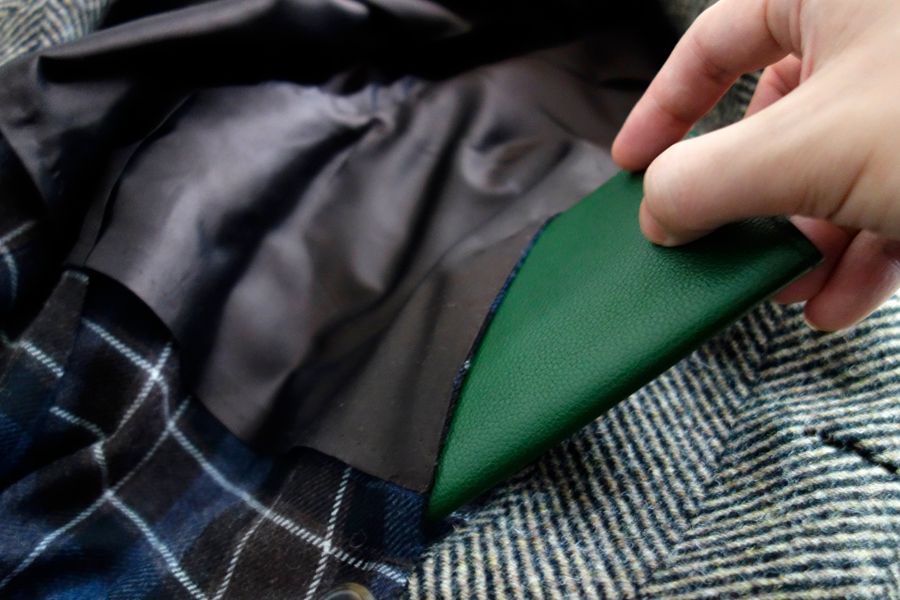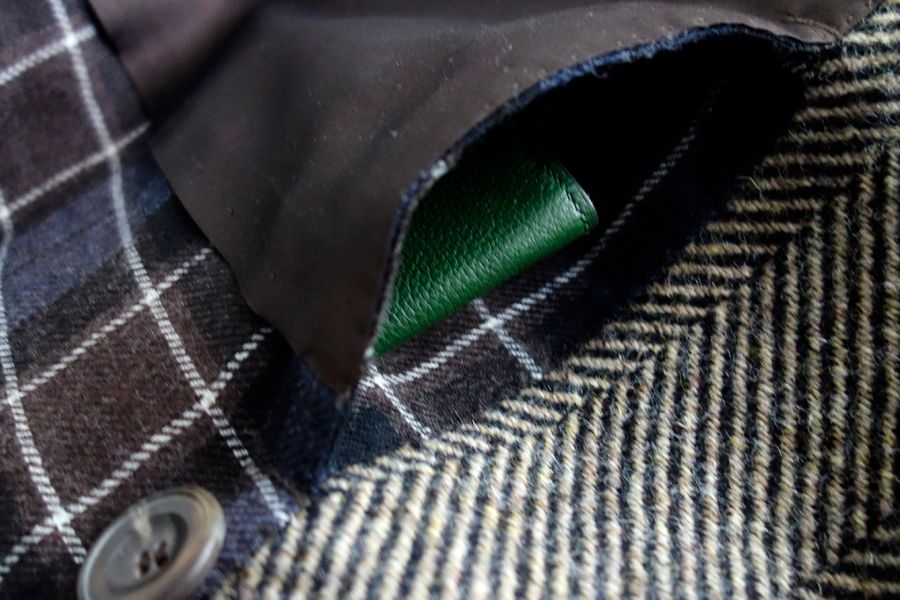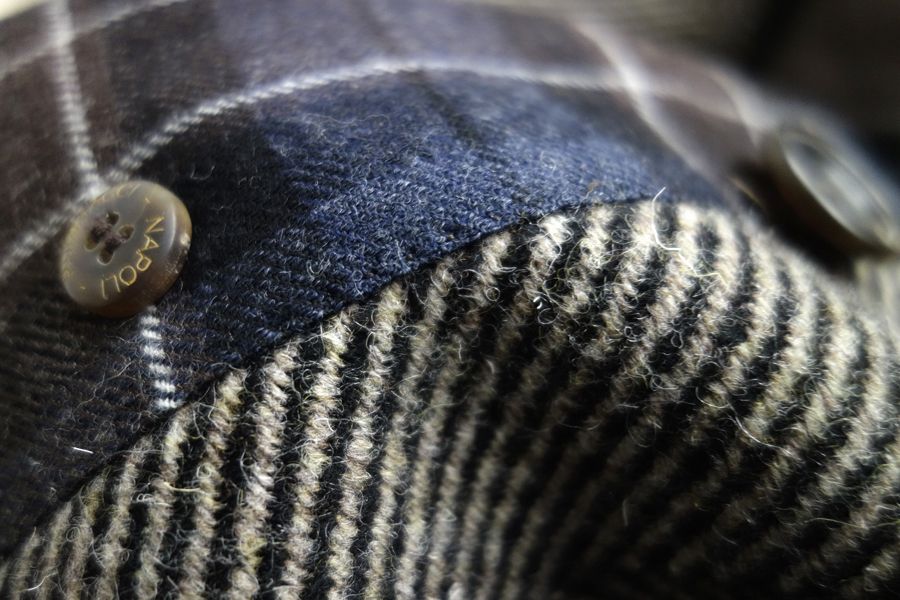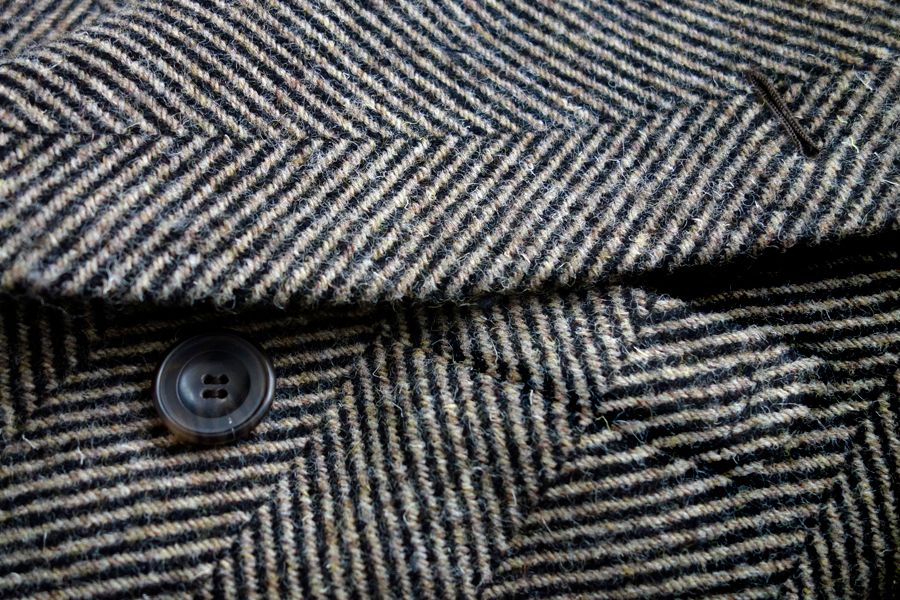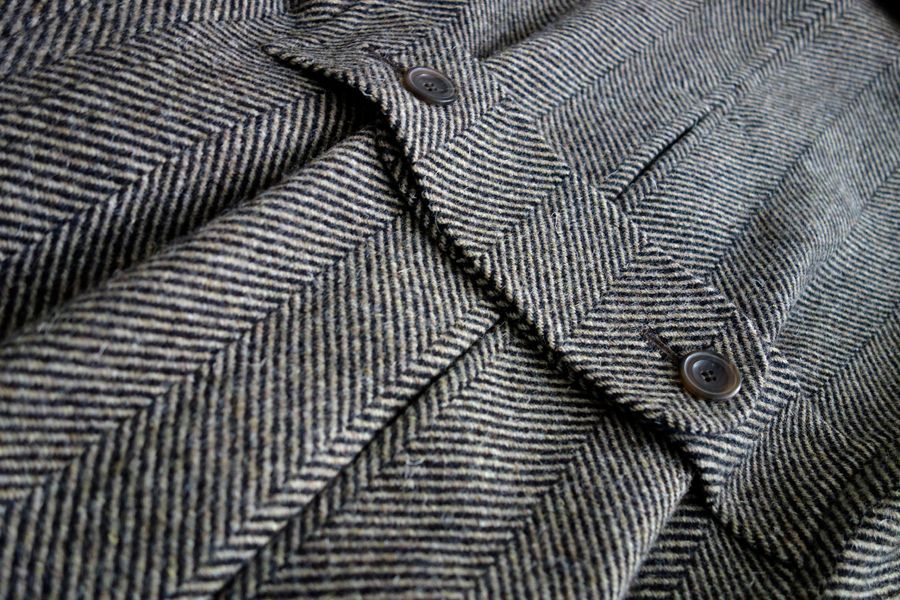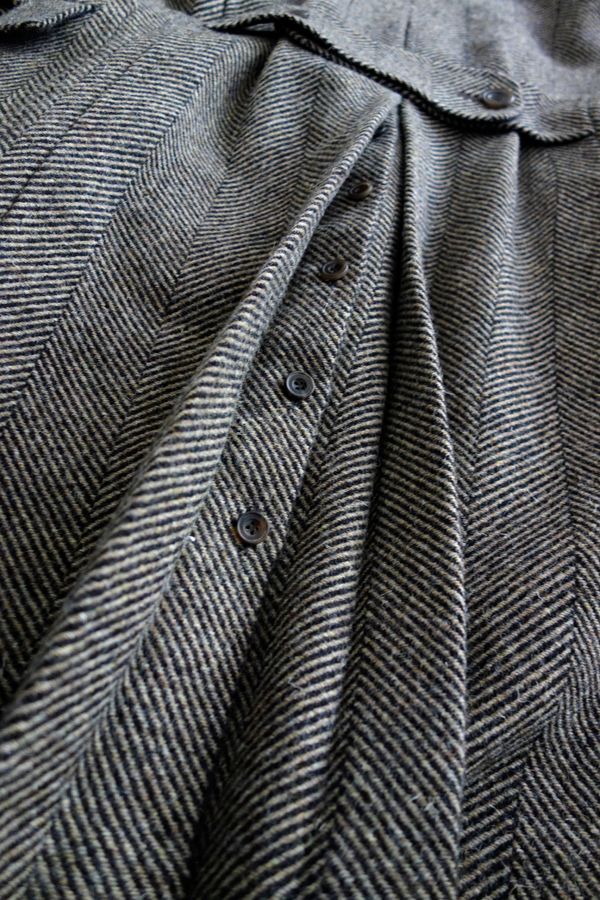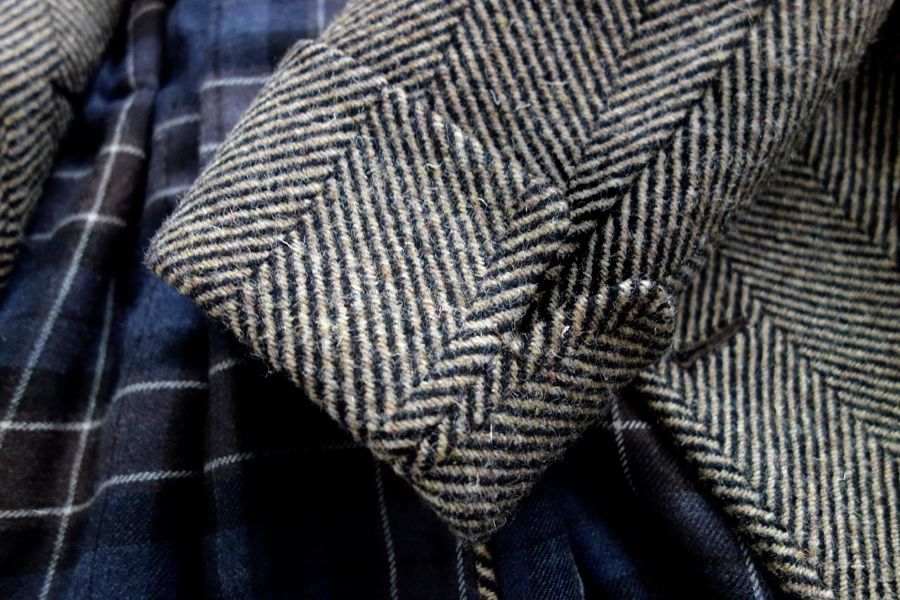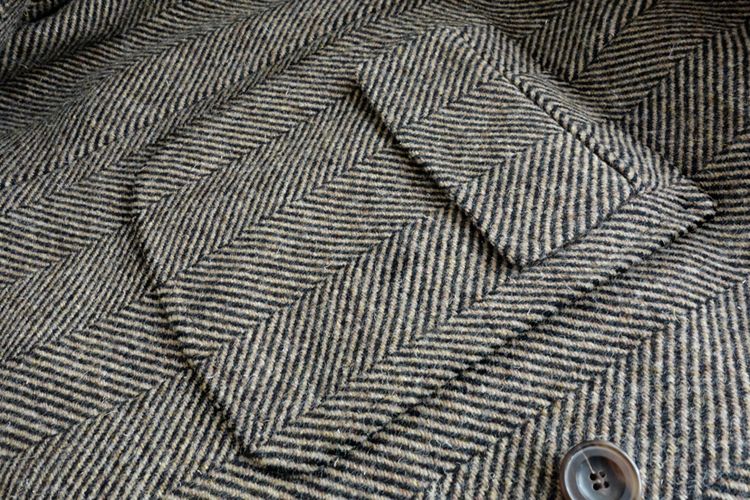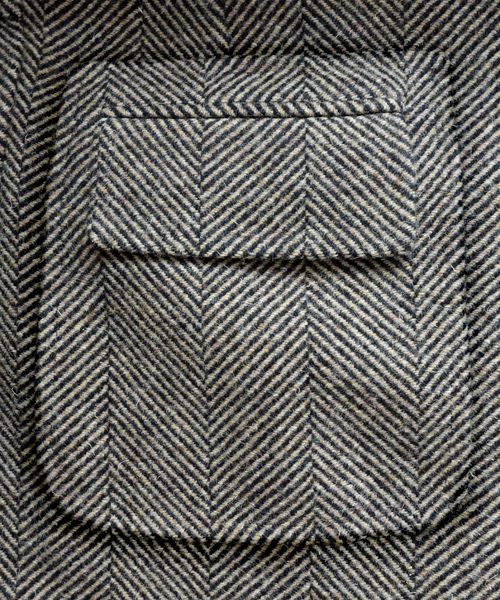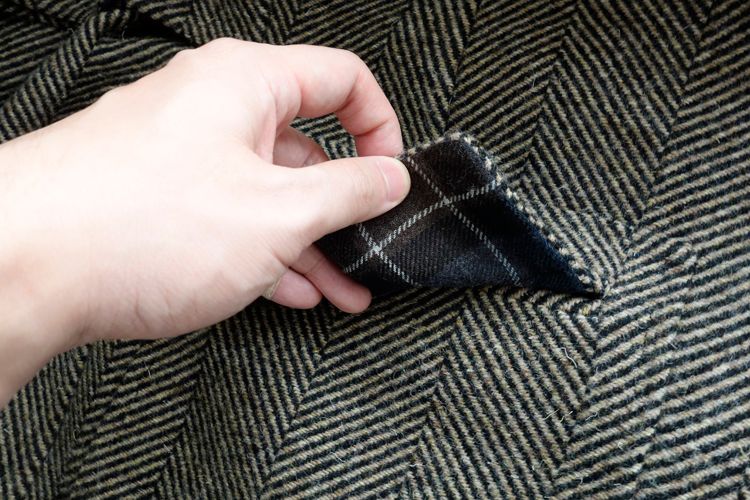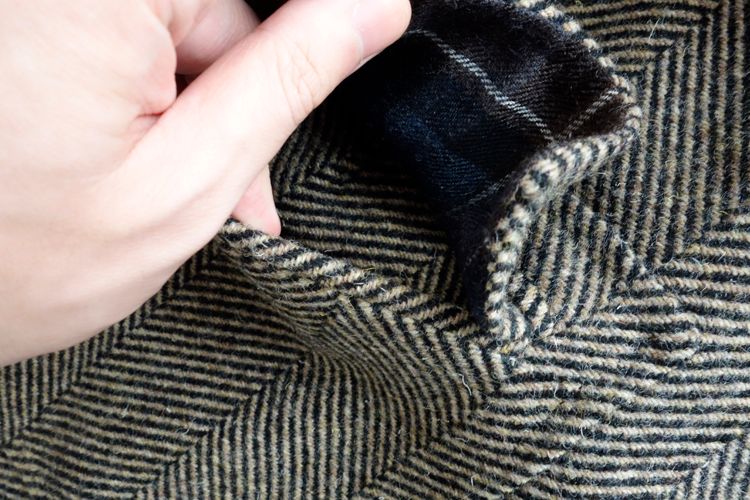- Joined
- Feb 11, 2007
- Messages
- 26,710
- Reaction score
- 9,853
How often do Fuuma and I come this close to agreeing? 
Let's not get caught up in semantics and word games. The point is that there is an approach to dressing, whatever you want to call it, that greatly values the stabilization of its component forms. That's what I mean when I say "classic menswear" or "classic men's tailoring" or "classic men's clothing," etc. There is often no good reason for why such component forms have stabilized the way they have. Half the stuff we wear evolved because men used to ride horses a certain kind of way. The other half has roots in social customs and court dress that could not be further from today's practical reality. Yet, stabilization has value even a stout modernist should appreciate. It provides a toolkit of components that are pre-defined and that have grounded, predictable meanings. We can learn to "say" a lot of new things just by learning to use those components.
Good modernist thinking is about truth-seeking, objective improvement, etc. In many other expressive forms, such as architecture and art, it's led to significant, even traumatic, change. Yet, in most of those cases, such changes made sense because they were cost-effective. As technology improved, it made sense to build buildings differently. There is no added cost in painting a new, different kind of painting. Yet, here we have "classic menswear," stuck in the mud. Is that an affront to modernism or something else? I actually think it is the latter (here, I think Fuuma would most strongly disagree). Why? Because technology has not provided us with sufficiently superior clothing solutions to make it worthwhile to dump the old norms and their communicative value. If a good modernist should seek to maximize a thing's capacity to function, and clothing is in no small part about communication, then he should also play the conservative every now and then--as significant adjustments to the meanings of things occur over generations, even centuries, not seasons or years. Incidentally, this is why you don't hear about many modernists trying to invent "better" languages.
That brings us back to Taub. Yes, I see he is clearly not tied to classic menswear norms. But, that doesn't mean classic menswear norms aren't good standards by which to judge his clothing. Under all the ornamental flash, you can still find the classic foundations (the odd jacket, the suit, the overcoat, etc.) that he cannot bring himself to divorce. Hence, he is implicitly acknowledging their communicative, or otherwise pressing, value. Do his additions add to that value? I have argued they do not. But I think by admission of his own design, you cannot avoid the question.
As for postmodernists--well, they can go ***************.
Let's not get caught up in semantics and word games. The point is that there is an approach to dressing, whatever you want to call it, that greatly values the stabilization of its component forms. That's what I mean when I say "classic menswear" or "classic men's tailoring" or "classic men's clothing," etc. There is often no good reason for why such component forms have stabilized the way they have. Half the stuff we wear evolved because men used to ride horses a certain kind of way. The other half has roots in social customs and court dress that could not be further from today's practical reality. Yet, stabilization has value even a stout modernist should appreciate. It provides a toolkit of components that are pre-defined and that have grounded, predictable meanings. We can learn to "say" a lot of new things just by learning to use those components.
Good modernist thinking is about truth-seeking, objective improvement, etc. In many other expressive forms, such as architecture and art, it's led to significant, even traumatic, change. Yet, in most of those cases, such changes made sense because they were cost-effective. As technology improved, it made sense to build buildings differently. There is no added cost in painting a new, different kind of painting. Yet, here we have "classic menswear," stuck in the mud. Is that an affront to modernism or something else? I actually think it is the latter (here, I think Fuuma would most strongly disagree). Why? Because technology has not provided us with sufficiently superior clothing solutions to make it worthwhile to dump the old norms and their communicative value. If a good modernist should seek to maximize a thing's capacity to function, and clothing is in no small part about communication, then he should also play the conservative every now and then--as significant adjustments to the meanings of things occur over generations, even centuries, not seasons or years. Incidentally, this is why you don't hear about many modernists trying to invent "better" languages.
That brings us back to Taub. Yes, I see he is clearly not tied to classic menswear norms. But, that doesn't mean classic menswear norms aren't good standards by which to judge his clothing. Under all the ornamental flash, you can still find the classic foundations (the odd jacket, the suit, the overcoat, etc.) that he cannot bring himself to divorce. Hence, he is implicitly acknowledging their communicative, or otherwise pressing, value. Do his additions add to that value? I have argued they do not. But I think by admission of his own design, you cannot avoid the question.
As for postmodernists--well, they can go ***************.
Last edited:

![Nod[1] :nodding: :nodding:](/styleforum_ads/smilies/nod[1].gif)

